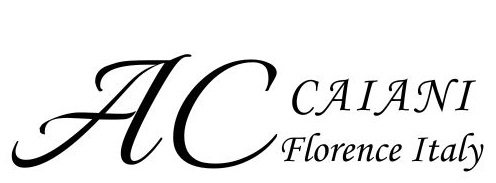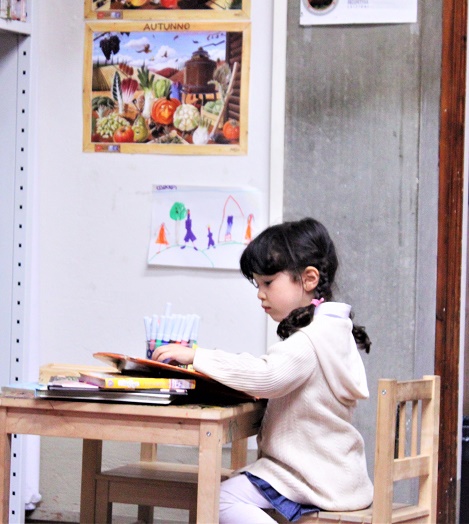In Italy, the quality of education varies across different types of schools, including statale (public), privata (private), and parificata (paritarian). Here’s a comparative analysis based on the information available:
1. Statale (Public Schools)
Quality of Education: Public schools in Italy are generally considered to provide a solid foundation in education. The Esame di Stato, the national exam at the end of upper secondary school, boasts a pass rate of around 96%, indicating robust academic standards and effective teaching methods
Accessibility: Public schools are free, ensuring that education is accessible to all students. They account for approximately 90% of student enrollment in Italy
Curriculum and Structure: Public schools follow a standardized curriculum regulated by the Ministry of Education. They emphasize a comprehensive education, covering humanities, sciences, arts, and physical education.
Challenges: Despite their strengths, public schools face challenges such as regional disparities in funding and resources. Schools in northern Italy tend to perform better than those in the south, which often struggle with fewer resources and lower educational outcomes
2. Privata (Private Schools)
Quality of Education: Private schools often achieve higher academic outcomes compared to public schools. This is attributed to smaller class sizes and more personalized attention for students. However, they charge tuition fees that can range from €3,000 to €20,000 per year.
Diverse Curriculum Options: Many private schools offer alternative curricula or specialized programs (e.g., Montessori, Waldorf) that may not be available in public schools. This can provide a more tailored educational experience depending on the school’s focus.
Religious Affiliation: Some private schools have religious affiliations (e.g., Catholic schools), incorporating faith-based education into their curriculum.
3. Parificata (Paritarian Schools)
Quality of Education: Paritarian schools are recognized by the state and must adhere to national educational standards similar to public schools. They often charge lower fees than private institutions but still provide a quality education comparable to public schooling.
Curriculum Similarity: These schools typically follow the same curriculum as public schools but may offer additional programs or extracurricular activities that enhance the educational experience.
Funding: While they charge tuition fees, paritarian schools may receive some public funding, which can help reduce costs for families.
Comparative Summary
| Type of School | Quality of Education | Accessibility | Tuition Fees |
|---|---|---|---|
| Statale (Public) | Generally high; strong foundation; 96% pass rate on Esame di Stato | Free; widely accessible | None |
| Privata (Private) | Higher outcomes; smaller class sizes; diverse curricula | Limited; requires tuition | €3,000 – €20,000/year |
| Parificata | Comparable to public; follows national standards | Limited; requires tuition | Generally lower than private |
Conclusion
Overall, while public schools in Italy provide a solid education accessible to all students, private and paritarian schools offer additional options that may cater to specific educational philosophies or needs. Families must consider their priorities—whether they value cost-free education with a strong foundation or are willing to invest in private schooling for potentially enhanced educational experiences. Each type of school has its strengths and weaknesses, making it essential for families to evaluate their options based on their unique circumstances and educational goals.

